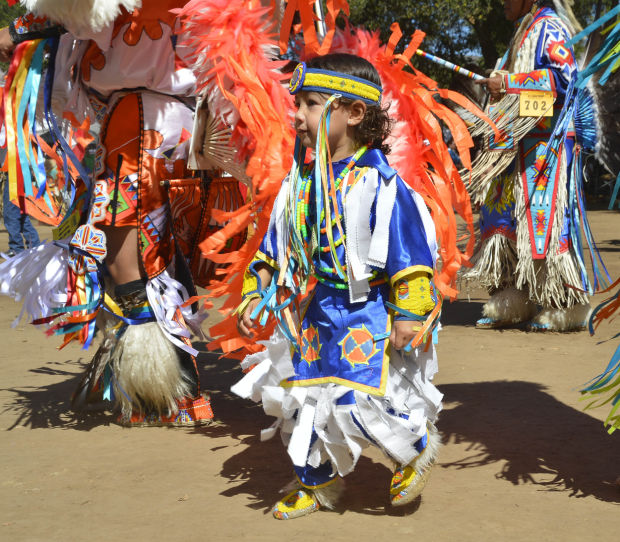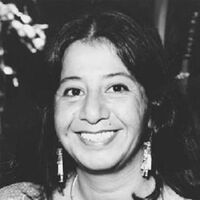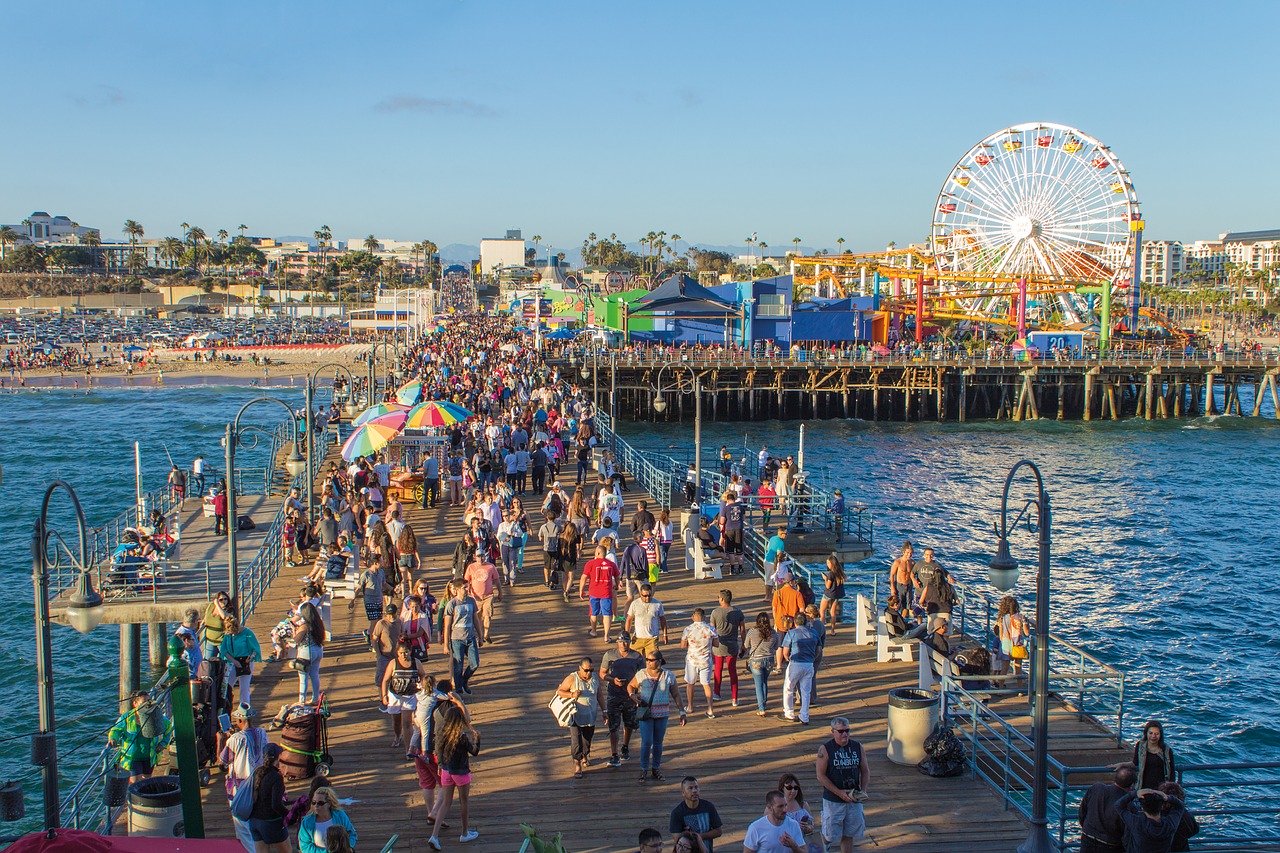Los Angeles, California
Los Angeles is located in the state of California on the west coast of the USA besides the warm waters of the Pacific Ocean. Despite it being a city of 3 million, which is not that big when you consider that many cities that there are over at least 20 Chinese cities which have a population of 4 million and over, it’s huge cultural influence on the entire planet is totally disproportionate to its size. A city which is the entertainment centre of the United States hosting companies which have produced films watched by billions. It’s also the biggest state in the west of the USA and the second biggest in the country and the port of Los Angeles accounts for 20% of all imports coming in to the United States. To provide some sense of perspective, if that port was rendered out of use by some natural disaster for instance the devastation to the American and global economy would be huge and not send just ‘ripples’ but shock waves across the USA and the world in general.
Defining ‘Los Angeles’
What do we mean by ‘Los Angeles’? Well for starters, ‘Los Angeles’ itself means ‘the angels’, a Spanish term and there is some difference of opinion as to why it bears that name but the first Europeans to discover it as we shall see later were Spanish.
There is Los Angeles the city, and there is Los Angeles the county. So while we can say that the city of Los Angeles has a population of 3 million if we include urban areas such as Beverly Hills, Compton, Pasadena then the ‘Los Angeles Metropolitan Area’ (LAMA) is 13 million people, but a city like Beverly Hills is very distinct both administratively and identity-wise from the city of Los Angeles, but people in various cities within the LAMA in certain contexts and in a shorthand manner will refer to their areas as being part of ‘LA’ (with no pedantic differentiation in casual conversation as to whether they are referring to the city itself or the wider metropolitan era, why the need for such pedantry with friends!).
Pre-European conquest.
Prior to the first Europeans, in the form of the Spaniards arriving there, the area now known as Los Angeles was inhabited by various Amerindian tribes such as the Chumash and then the Tongva.


In the two pictures above we can see a child at a Chumash festival and the American poet and writer Lorna Dee Cervantes who is of Chumash heritage.
It is believed by some that the Tongva, another Amerindian people, may have settled in southern California after the Chumash, and they are a people related to other similar Amerindian peoples resident in Mexico with their language being a member of the Uto-Aztecan language family thus the Tongva are related to the Aztecs of ancient Mexico.

Often groups of people that resided in a land before the first major group of conquerors came in are but mere nameless footnotes in history, but it is useful to place a name and face to the pre-European peoples of California partly to gain a fuller and deeper understanding and appreciation of the city and area that millions of people now call home, particularly an area whose films and series are watched by billions of people around the world today.
European conquest & modern America.
The Spanish were the first Europeans to discover Californa in 1542 and in the 18th century the Spanish started to build military forts and establish themselves in various parts of California. In 1821 Mexico won its independence from Spain and the part of California now in the USA (there is still a ‘Baja California’ province in modern Mexico) was under Mexican control until 1847 when America took the region after a war with Mexico.
The Spanish influence in Los Angeles can be seen in the oldest parts of the city such as the Los Angeles Plaza historic district.
Since 1847 and till this day California has been in the Union (the United States of America) and thus with it Los Angeles.
Los Angeles as the biggest city in the richest state in the richest country in the world, the USA has a strong and vibrant economy which includes manufacturing, entertainment, finance, tourism and other sectors..
Whilst LA is famous for Hollywood and beaches it also has a huge manufacturing sector including aerospace.

Modern Los Angeles.
Modern Los Angeles is a diverse, cosmopolitan metropolis and is more and more liberal which often brings it at odds with more conservative elements in the US in various political discussions. Hispanic people are the single biggest ethnic group in Los Angeles and the city itself is not far from the border with Mexico, a state which it was once part of.
There is often at times semi-serious talk of ‘Calexit’, though recently California governor, Newsom referred to the state as a ‘nation-state’, sparking a little bit of controversy given that term is often reserved for sovereign, independent entities not sub-units of a federal state.
California is felt to be an indicator of what the US will be like in the future and that could also herald an increasingly more ethnically diverse society, and perhaps one more left-leaning and liberal, indeed some are of the opinion that California is now irreversibly and permanently ‘red’ (Democrat) with all the implications that has for the rest of America including in elections and the electoral college.
Aside from politics it is a city visited by millions and known all over the world and home to great restaurants, beaches and other attractions. Here are some pictures.
Here is the English Made Simple video on Los Angeles.
Tell us what you think of the city in the comments below.












